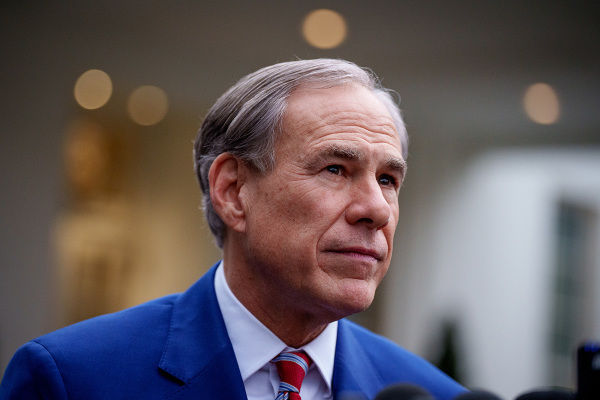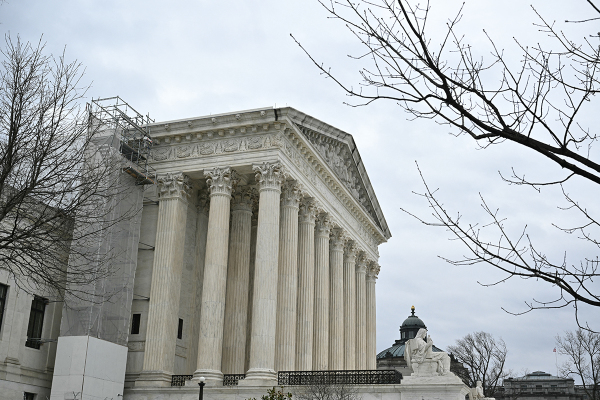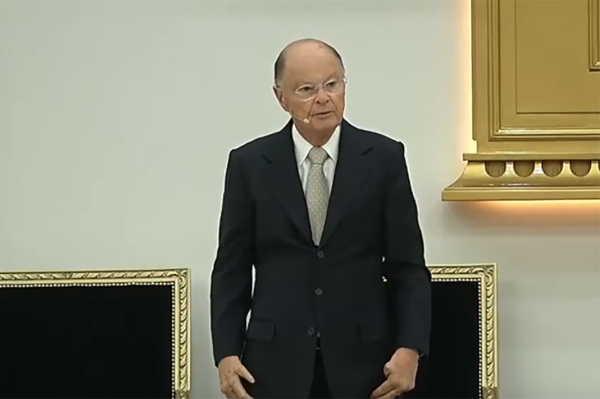China's Communist Party: A brief history
A violent history

In the 1930s, mainland China found itself divided between three factions: the Japanese occupation military, the Nationalist Party and the Chinese Communist Party.
After Japan withdrew at the end of World War II following a brutal occupation, the Nationalists and the Communists fought a Civil War to determine control of the nation.
On Oct. 1, 1949, following a military campaign that included the taking of Peking (renamed Beijing), Communist leader Mao Zedong declared the formation of the People’s Republic of China.
“The cost of the war was enormous. Official Communist figures counted some 1.5 million dead and wounded among the People’s Liberation Army. Some 600,000 Nationalists troops were killed in combat, while roughly three times that many defected to the Communists,” noted Encyclopædia Britannica.
“Nearly 7 million Nationalist troops were captured during four years of combat. Approximately 5 million civilians died as a result of combat, famine and disease.”
Remnants of the Nationalist forces fled to the island of Taiwan. Technically, the Civil War is still ongoing, as the two factions never signed an official treaty and mainland China refuses to acknowledge Taiwanese independence.
Under the rule of Mao Zedong, Communist China experienced major programs aimed at fundamentally changing the nation into a modern Communist society.
Three infamous examples of the Communist leadership enacting widespread social change are the Great Leap Forward, the Cultural Revolution and the one-child policy.
The Great Leap Forward officially began in 1958, with the name being used to describe the Second Five-Year Plan under the CCP; the first having produced considerable economic growth.
The plan was to advance industrial growth, especially the production of steel, among the communal rural areas of China while continuing to grow food production.
However, the Great Leap Forward became what historian Clayton D. Brown described as the worst famine in human history and one that was “largely preventable.”
“The ironically titled Great Leap Forward was supposed to be the spectacular culmination of Mao Zedong’s program for transforming China into a Communist paradise,” wrote Brown for the Association for Asian Studies.
“According to one study, China experienced some 1,828 major famines in its long history, but what distinguishes the Great Leap Forward from its predecessors are its cause, massive scope, and ongoing concealment.”
In 1966, a few years after the Great Leap Forward concluded, Mao launched the Cultural Revolution, an effort to mobilize the nation’s youth to revive revolutionary sentiment.
Young people formed paramilitary groups known as Red Guards and violently targeted political leaders and others not seen as sufficiently supporting Communist principles.
“With different factions of the Red Guard movement battling for dominance, many Chinese cities reached the brink of anarchy by September 1967, when Mao had [defense minister] Lin [Biao] send army troops in to restore order,” explained History.com.
“The army soon forced many urban members of the Red Guards into rural areas, where the movement declined. Amid the chaos, the Chinese economy plummeted, with industrial production for 1968 dropping 12 percent below that of 1966.”
Sophia C. Hart, visiting assistant professor of government at the College of William and Mary, who specializes in Asian comparative politics, told The Christian Post that approximately 30 million people died in the Great Leap Forward, while around 400,000 died during the Cultural Revolution.
In 1979, three years after Mao's death, the CCP announced that it was instituting a one-child policy to curb population growth.
A study published in 1999 by the peer-reviewed BMJ medical journal concluded that while the policy “eased at least some of the pressures on communities, state and the environment,” it also came with many downsides, especially regarding sex discrimination.
“Faced with hard choices about overall numbers, the Chinese girl child has once again become expendable. Too many girls, if not aborted, face orphanages or second-class lives concealed from the world and with reduced chances of schooling and health care,” explained the researchers.
“China has one of the world’s highest rates of suicide of women in the reproductive years. Increased pressure to produce the desired child, and a perceived reduction in the value of females, can only have exacerbated the problems of rural women.”
On New Year’s Day 2016, the policy was eased to allow families to have two children, and, in response to a sharper than expected population decline, the CCP announced plans last year to curb abortions.






















